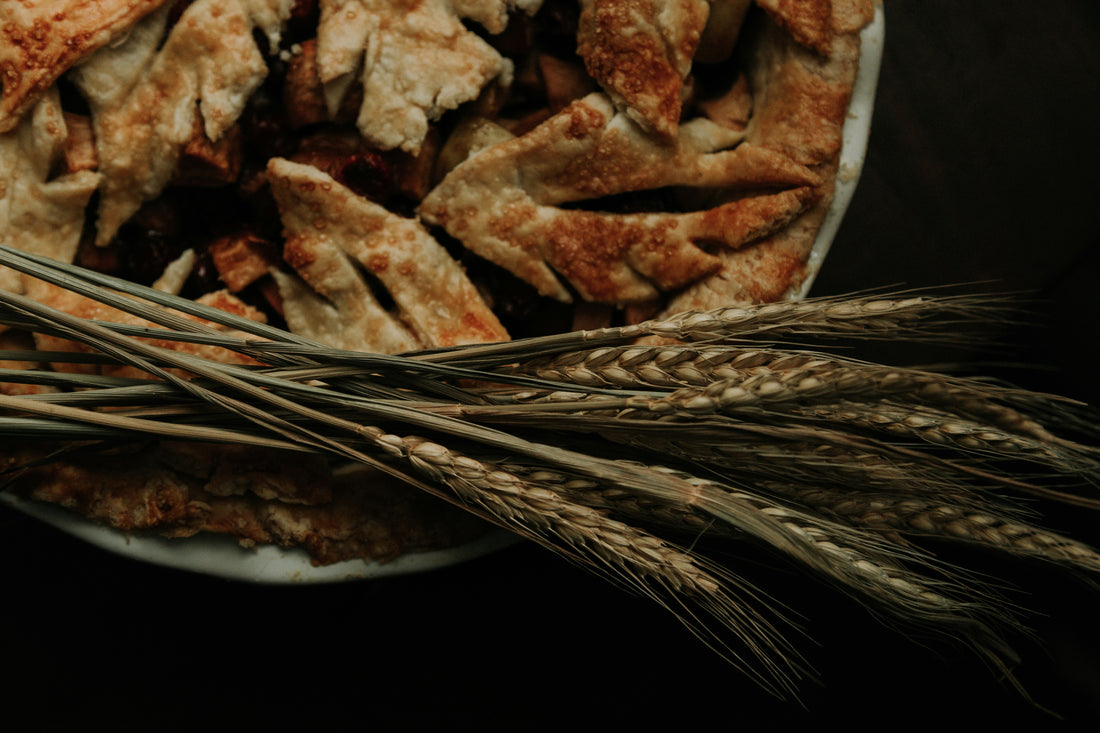Written by: Ei-Xia Mussai , Feb 2024
Odds are that you or someone that you know has come across conflicting claims over the health effects of carbohydrates, also known as carbs. For decades, this nutrient has been the center of debate regarding the push to cut them out or keep them in the diet. These diets are what we call fad diets and should be explored with caution. Carbohydrates are an essential nutrient for our body, and we’re here to tell you why and how you can enjoy carbs as part of a nutritious, balanced diet.
Carbs are the body’s primary source of energy
When we eat carbohydrates, they go into our digestive system to be broken down into single sugar molecules, called monosaccharides (Holesh et al., 2023). The most common monosaccharide is glucose. From the intestine, glucose gets absorbed into the bloodstream to be delivered to our cells, tissues, and organs as their main source of fuel to carry out tasks that keep our bodies functioning. When the body doesn’t get enough carbs, it starts using other sources of fuel by breaking down the body’s fat and muscle stores. While our bodies can use fat and protein for energy, glucose is the preferred source of fuel for the body, especially in the brain. In fact, North American dietary guidelines recommend that 45-65% of our total daily energy come from carbs; that’s about 200-300 grams per day when consuming 2000 calories in a day.
Carbs come in many forms
There are 3 main types of carbohydrates: sugars, starches, and fiber (Holesh et al., 2023). Sugars are simple carbohydrates with 1-2 sugar molecules, like glucose. These simple carbs are easily digested and enter the bloodstream quickly to provide energy. Starches are complex carbohydrates with 3 or more sugar molecules bound together in complex structures that take longer to digest and therefore provide a slower rise in blood sugar. The last type of carb is fiber, a non-digestible complex carbohydrate that has many benefits for our body, including balancing blood sugar and cholesterol levels and keeping our bowel movements regular. Check out the table below for some examples of carb foods.
|
Sugars |
Starches |
Fiber |
|
|
|
The quality of carbs is more important than the quantity
While there is room to enjoy all types of carbs, emphasizing starches and fiber more and simple sugars less will ensure a healthy, balanced diet with several benefits for heart health, blood sugar control, and weight management (Sievenpiper, 2020). This is because starches and fiber provide a high quality source of carbs from whole foods like fruit, grains, legumes, etc., and they are low in simple sugars, meaning that they don’t raise blood sugar very quickly. Whole foods additionally provide many other essential and beneficial nutrients for our body. A balanced diet with a moderate amount of carbs, especially from fruits, vegetables, and legumes is associated with a lower risk of deaths related to heart health (Miller et al., 2017). Regardless of the amount of carbs you choose to eat, focusing on high quality carbs from whole foods as part of an overall healthy eating pattern is the best way to ensure that your body gets the nutrition it needs. And remember that eating simple sugars can fit into a healthy eating pattern too, so go ahead and enjoy that sweet treat!
A great source of healthy carbs can be found in REMIX products. Both Bean Bark and BEANIES contain starches and fiber from beans and upcycled fruits and vegetables. Give them a try today, it’s the snack you’ve BEAN waiting for!
References:
Holesh, J. E., Aslam, S., & Martin, A. (2023). Physiology, Carbohydrates. In StatPearls. StatPearls Publishing.
Miller, V., Mente, A., Dehghan, M., Rangarajan, S., Zhang, X., Swaminathan, S., Dagenais, G., Gupta, R., Mohan, V., Lear, S., Bangdiwala, S. I., Schutte, A. E., Wentzel-Viljoen, E., Avezum, A., Altuntas, Y., Yusoff, K., Ismail, N., Peer, N., Chifamba, J., Diaz, R., Rahman, O., Mohammadifard, N., Lana, F., Zatonska, K., Wielgosz, A., Yusufali, A., Iqbal, R., Lopez-Jaramillo, P., Khatib, R., Rosengren, A., Kutty, V.R., Li, W., Liu, J., Liu, X., Yin, L., Teo, K., Anand, S., Yusuf, S., & Prospective Urban Rural Epidemiology (PURE) study investigators. (2017). Fruit, vegetable, and legume intake, and cardiovascular disease and deaths in 18 countries (PURE): a prospective cohort study. Lancet (London, England), 390(10107), 2037–2049.
Seidelmann, S. B., Claggett, B., Cheng, S., Henglin, M., Shah, A., Steffen, L. M., Folsom, A. R., Rimm, E. B., Willett, W. C., & Solomon, S. D. (2018). Dietary carbohydrate intake and mortality: a prospective cohort study and meta-analysis. The Lancet. Public health, 3(9), e419–e428.
Sievenpiper J. L. (2020). Low-carbohydrate diets and cardiometabolic health: the importance of carbohydrate quality over quantity. Nutrition reviews, 78(Suppl 1), 69–77.





